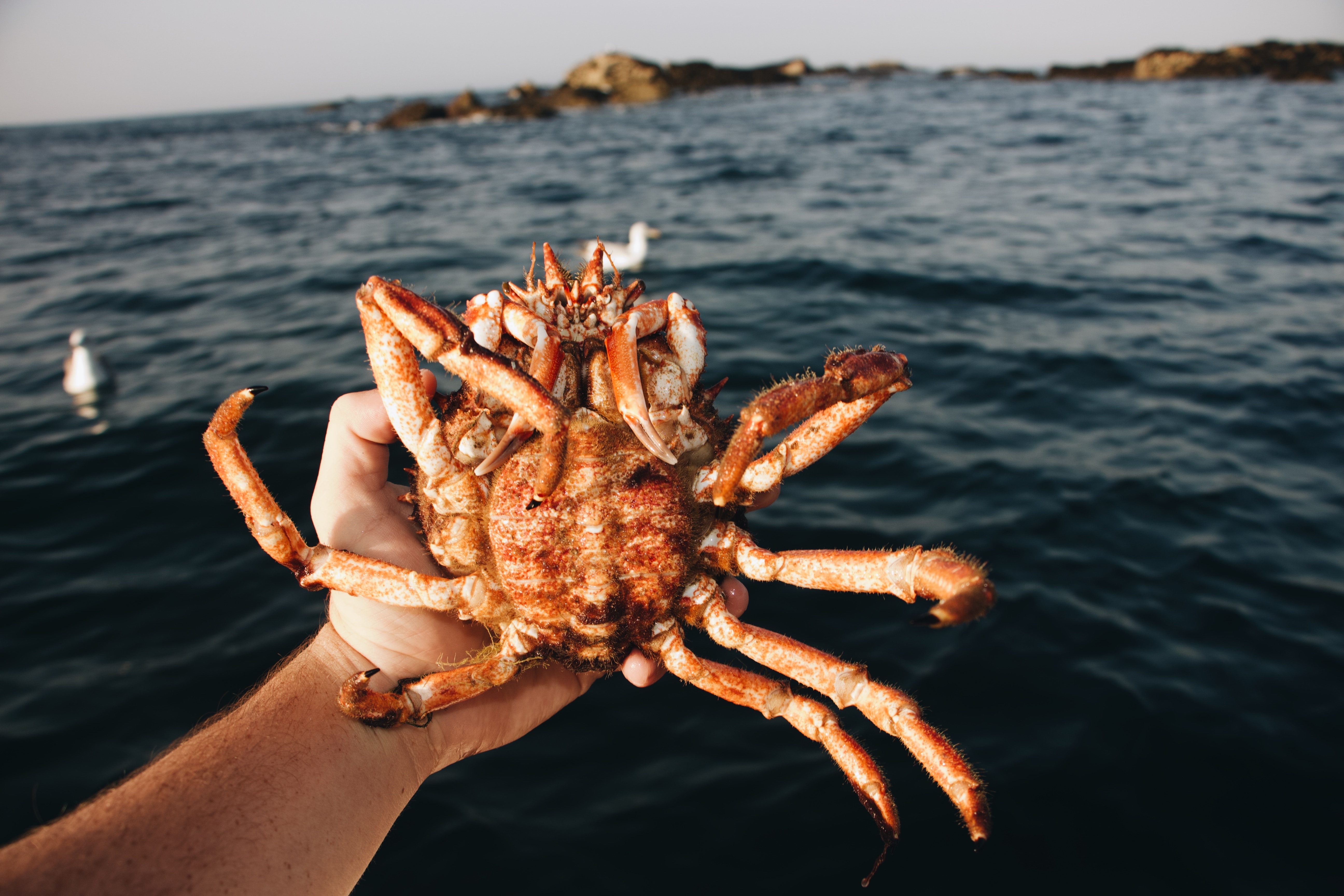Canadian snow crab quotas up again

While the Canadian snow crab quotas for 2019 were cut earlier, they have now been adjusted upwards again. Quotas in the Gulf of St. Lawrence were increased by 32 percent, so more product will probably hit the market later in the year. Canadian snow crab prices were rising in May and June, but will it last?
Supplies
Canada’s DFO in April increased the quota for snow crab in the southern Gulf of St. Lawrence to 32 480 tonnes for the 2019 season. This represents an increase of some 8 000 tonnes or 32 percent. At the same time, the TAC for the province of Newfoundland and Labrador was reduced to 26 894 tonnes, down from 28 975 tonnes in 2018. As of the end of May, about 50 percent (13 600 tonnes) of the snow crab quota for the Gulf of St. Lawrence and 66 percent (14 770 tonnes) of the Newfoundland quota had been landed.
In addition, some 60 percent of the offshore quota in the Northwest Atlantic Fisheries Organization (NAFO), which amounted to 26 500 tonnes, had been landed by the end of May. International trade Global imports of all types of crab increased marginally during the first quarter of 2019. Total imports amounted to 405 400 tonnes during the first quarter, compared to 398 400 tonnes during the same period in 2018. The United States of America imported 104 400 tonnes, about 3.3 percent less than in 2018. China and the Republic of Korea imported more, a total of 81 900 tonnes (+74 percent) and 50 100 tonnes (+10.4 percent) respectively.
Crab exports from the Russian Federation increased slightly during the first quarter of 2019, from 9 700 tonnes to 10 700 tonnes (+10.2 percent), while Chinese crab exports were slightly less during the first quarter this year compared to last year. US imports of king crab were up sharply during the first three months of 2019, growing to 3 600 tonnes from 2 900 tonnes during this period in 2018. It has been reported that imports of king crab continued to increase in the month of April.
Total US crab imports grew by 8.4 percent to 16 900 tonnes during the first quarter, compared to 15 600 tonnes during the first quarter of 2018. The Russian Federation was the main supplier, with 6 100 tonnes, up by 41.5 percent compared to 2018. China exported 60 percent less crab to the United States of America during the review period, with only 1 200 tonnes. US imports of blue swimming crab fell by 8.2 percent during the first trimester of 2019. Overall imports of blue swimming crab in 2018 decreased marginally, but the value of these imports were up sharply, as the price for blue swimming crab rose. The major suppliers of swimming crab to the United States of America were Indonesia, China and the Philippines, though Viet Nam is also shipping a considerable amount.
Prices
Prices for Canadian snow crab in mid-May were below USD 8 per lb for 5–8 oz carapaces. Since then, prices have gone up, and in mid-June, prices for the same size were at USD 8.40– 8.55 per lb. According to Urner Barry, prices were expected to go up further to USD 8.65 soon. Among the reasons for these early price increases were the fact that Japanese buyers held back on their purchases in April, putting pressure on prices, but got very active in May, which pushed prices up again. At the same time, buyers in the United States of America also started buying early, helping to increase prices. The high prices for Newfoundland snow crab in March and April were predicted to fall.
In April, the price was set at CAD 5.38 per lb, which was such a high level that some observers felt one might see buyers stopping to buy. In May, the price was set at CAD 4.90 per lb and in June it was increased again to CAD 5.07 per lb for crabs with a minimum four-inch carapace. Dungeness crab prices in California have increased twice this season, as a result of the shorter season. US wholesale prices for blue swimming crab has been on a steady decline since May 2018, when they hit USD 30.00 per lb. Three factors seem to influence the price of blue swimming crab. First, it is the end of Ramadan, when supplies drop because many fishers take time off to celebrate and prices might rise. Second, US tariffs on Chinese red swimming crab squeezed prices and US importers turned to blue swimming crab from Indonesia.
Third, there were no US flights going out of Venezuela, which has been a supplier of swimming crab to the United States of America, because the US Department of Homeland Security banned all flights to and from Venezuela because of security risks. Importers managed to get Venezuelan blue crab but had to pay an extra USD 2.00 for flight and handling costs as they had to fly the crab from Venezuela to Panama and Costa Rica, and then transferred to US planes from there.
Outlook
Canadian landings of snow crab are set to increase somewhat in 2019, and this could affect prices negatively. Prices have been quite high and were rising in May and June but could level off in the next few months. The California Dungeness crab fishery is expected to change dramatically in the near future, as an agreement between the California Department of Fish and Wildlife and the NGO Center for Biological Diversity cut the season short and introduced new regulations to eliminate the vertical ropes that hold the crab traps. This is to protect whales from becoming entangled in the ropes. The NGO claims that the whales are endangered, while the fishermen say that the reason why so many whales get themselves entangled in the ropes is that there are more whales now than previously.

